天皇の退位に伴う憲政史上初めての改元が行われ新元号は「令和(れいわ)」と発表されました。1200年以上前、日本に現存する最古の和歌集「万葉集」の梅の花の歌32首の序文から引用され決められたものです。
「初春令月 気淑風和 梅披鏡前之粉 蘭薫珮後之香」
「時に、初春(しょしゅん)の令月(れいげつ)にして、気淑(よ)く風和(やはら)ぎ、梅は鏡前(きょうぜん)の粉(こ)を披(ひら)き、蘭(らん)は珮後(はいご)の香(かう)を薫(かをら)す」(時は初春の良き月、空気は美しく風も和やかで、梅は鏡前で装うように白く咲き、蘭は身に帯びた香りのように香っている)
ということで。香川県高松市の大名庭園、栗林(りつりん)公園の梅の花を紹介させていただきます。栗林公園の梅は、2月中旬に花の見頃を迎え、6月頃に実がなり梅酒用に収穫されてます。梅の園芸品種は、300種類以上あり、栗林公園には、野梅系が約100本、紅梅系が約20本、豊後系が約50本あります。
Japan Chooses “Reiwa” as Era Name for Next Emperor. The name came from the “Manyoshu” (a national book symbolizing Japan’s rich national culture and long traditions). the name signifies the importance of the country’s culture and the harmony of its citizens. The name evokes “Japan’s long history, rich culture and beautiful nature. We will take over these national characteristics to the next era.”
Japanese Apricot Blossom Varieties
The Japanese Apricot (also known as Plum tree) is of Chinese origin and belongs to the Rosaceae (rose) family, genus prunus. Just before leaves appear on the tree, the fragrant 2-3cm blossoms open and have the harvested to make umeshu (plum wine). In general, there are over 300 types of Japanese apricot trees. In gardening, the types of trees can be grouped into 4 classifications. The classifications yabai and kobai are the trees used primarily for observing the flowers. The third classification, bungo, contains trees used primarily for harvesting the fruit. The trees in Ritsurin Garden are classified in this manner, and there are about 100 trees from the yavai classification, 20 trees from the kobai classification, and about 50 trees from the bungo classification.



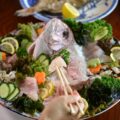


![【香川 8/4-6】真夏の夜の夢2023 in マザーポート高松 - [Kagawa] Setouchi Summer Festival](https://yousakana.jp/wp-content/uploads/wordpress-popular-posts/51118-featured-120x120.jpg)
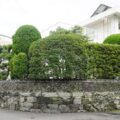
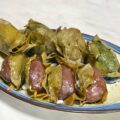
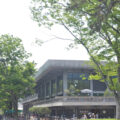

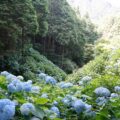
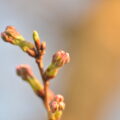
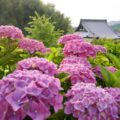
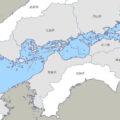
![【香川】春日川の川市 – [Kagawa] River market of Kasuga river](https://yousakana.jp/wp-content/uploads/wordpress-popular-posts/49605-featured-120x120.jpeg)
![【高知】魚を守る道、アイスハーバー型らせん魚道 – [Kochi] Ice Harbor type spiral fishway](https://yousakana.jp/wp-content/uploads/wordpress-popular-posts/50244-featured-120x120.jpeg)

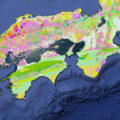

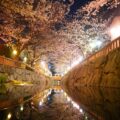


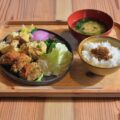

![【香川】栗林公園の梅。江戸時代から親しまれてきた梅園 – [Kagawa] Ritsurin Garden Japanese Apricot Trees](https://yousakana.jp/wp-content/uploads/2021/02/UME_Japanese-Plum_Ritsurin-Garden-150x150.jpg)
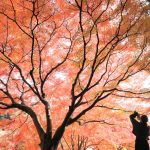
![【香川 11/22-12/1】大名庭園 栗林公園の紅葉 – [Kagawa 22 Nov. – 1 Dec.] Daimyo Garden Ritsurin Garden with autumn leaves](https://yousakana.jp/wp-content/uploads/2020/11/ritsurin-garden_lightup-150x150.jpg)
![【香川 3/29-4/7】大名庭園 栗林公園、春のライトアップ – [Kagawa 29 Mar-7 Apr.] Night Cherry blossoms at Ritsurin Garden](https://yousakana.jp/wp-content/uploads/2024/03/Night-Cherry-blossoms-at-Ritsurin-Garden_title-2048x1366-1-150x150.jpg)
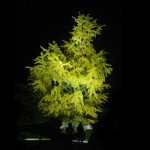
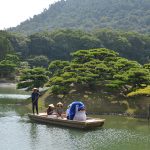
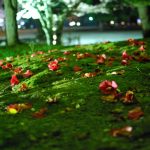

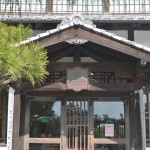
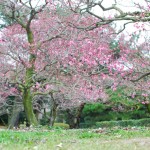
![【徳島 公共建築百選】増田友也設計『鳴門市文化会館』 – [Tokushima: 100 public buildings] “Naruto City Cultural Hall” designed by architect Tomoya Masuda](https://yousakana.jp/wp-content/uploads/2022/06/Naruto-City-Cultural-Hall-800x506.jpg)
![【小豆島】ぷりっぷりの食感に感動!『なかぶ庵』さんの生そうめん – [Shodoshima island] Somen noodles (fine white noodles) “Nakabuan”](https://yousakana.jp/wp-content/uploads/2022/03/nakabuan_shomen_shodoshima-island_index-800x533.jpg)

![【香川 8/9】海に生きる人たちによって300年受け継がれてきた船渡御『皇子神社船祭り』 – [Kagawa 9 Aug] Over 300 years history, the boat festival of Ouji shrine](https://yousakana.jp/wp-content/uploads/2024/07/aji-ouji-shrine-festival-800x534.jpg)
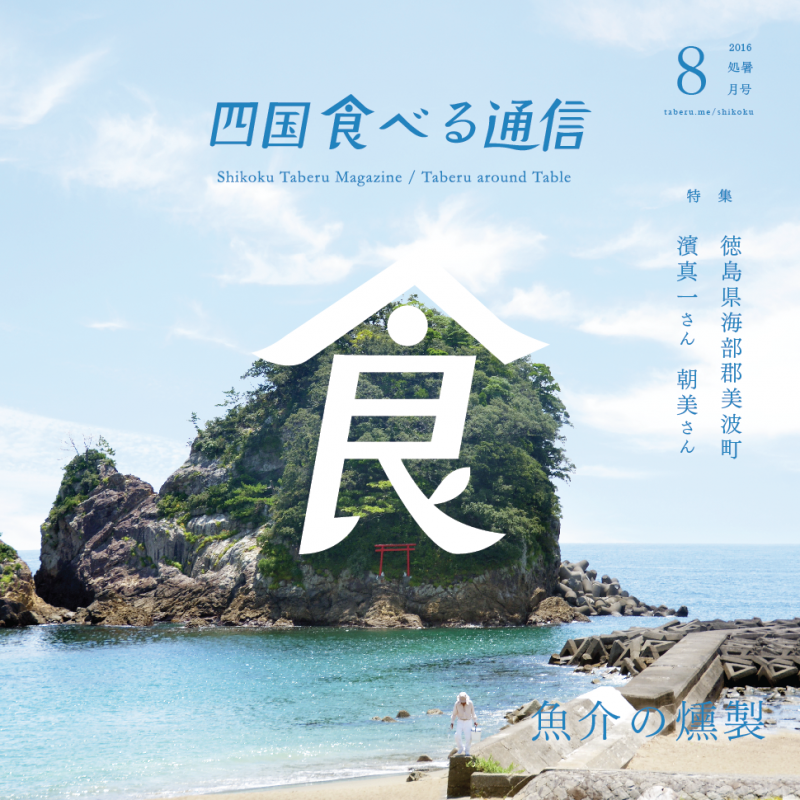
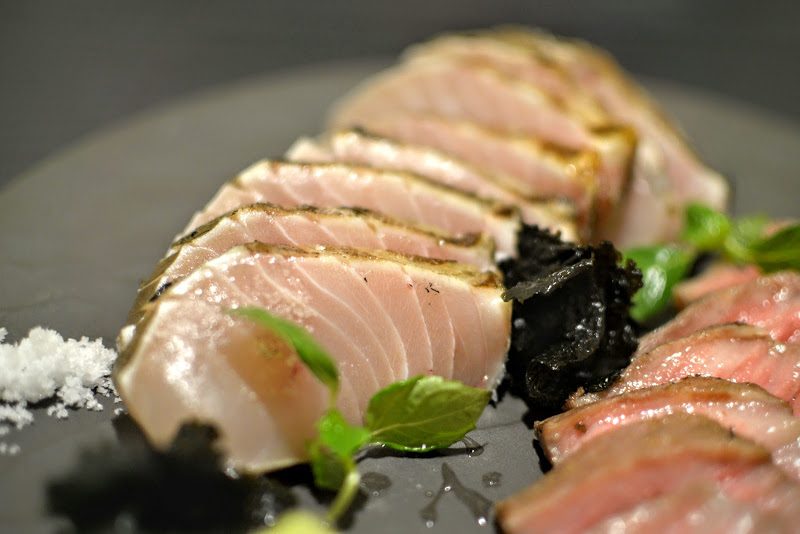

![【香川】サウナシュラン2024で全国10位!1300年前の古代サウナ「塚原のから風呂」 – [Kagawa] ”Tsukahara Karafuro” Ancient SAUNA of Tsukahara, Sanuki city](https://yousakana.jp/wp-content/uploads/2019/03/karafuro-tsukahara-1-800x533.jpg)
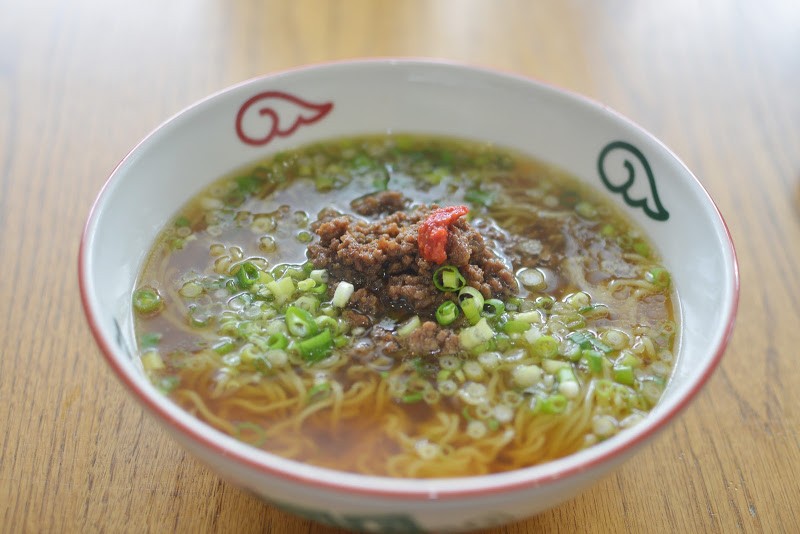
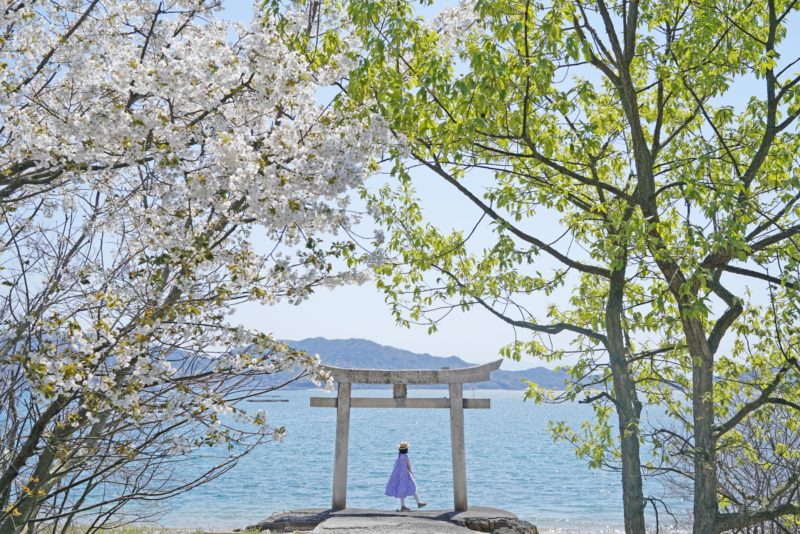
![【香川 2025年9月頃】サンポート高松に外資系ホテルが開業予定 – [Kagawa Around Sep. 2025] New hotel will open in Sunport Takamatsu](https://yousakana.jp/wp-content/uploads/2022/06/sunport-takamatsu_hotel-800x533.jpeg)
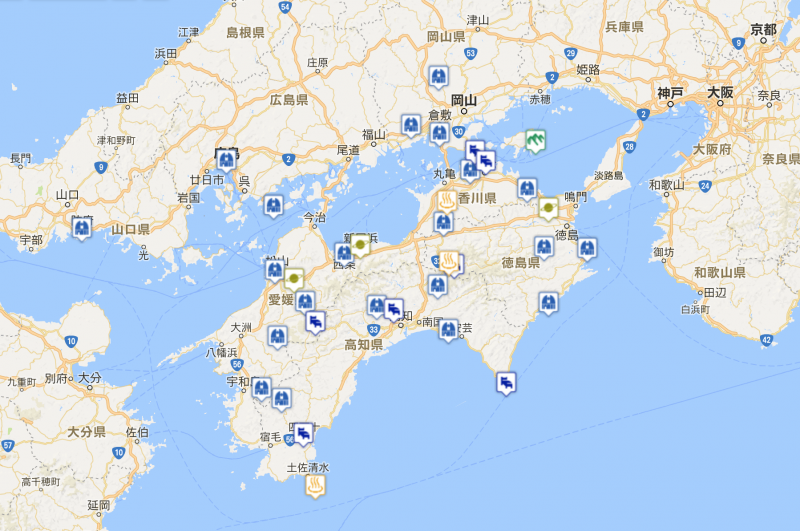

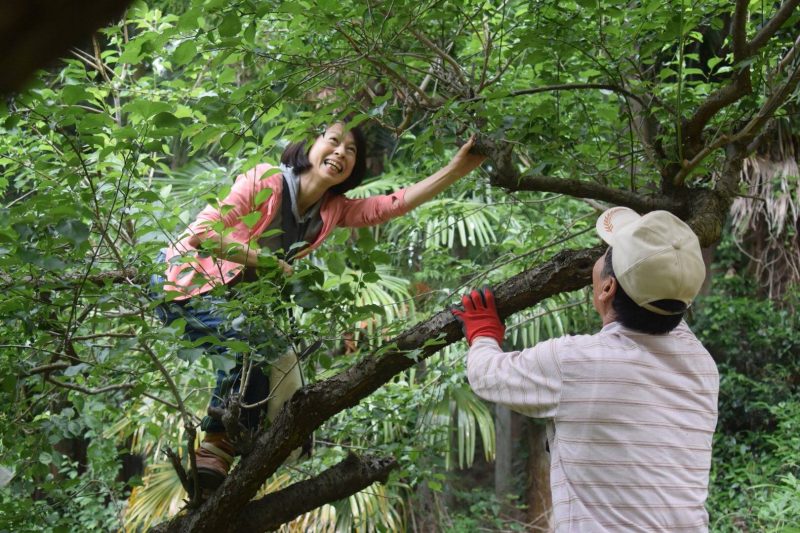
![【国史跡】徳島最大の前方後円墳『渋野丸山古墳』 – [National Historic Site] Shibuno Maruyama Tumulus](https://yousakana.jp/wp-content/uploads/2022/02/National-Historic-Site_Shibuno-Maruyama-Tumulus_index-800x533.jpg)
![【香川】日本最大級の長屋門。国の重要文化財『小比賀(おびか)家住宅』 – [Kagawa] National Important Cultural Property “Obika Family House”](https://yousakana.jp/wp-content/uploads/2021/01/obika-house_takamatsu_kagawa_title-800x533.jpg)
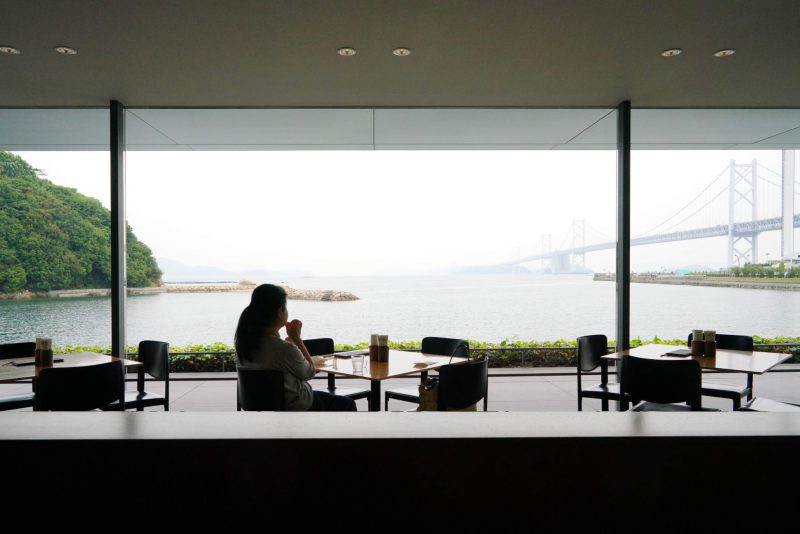
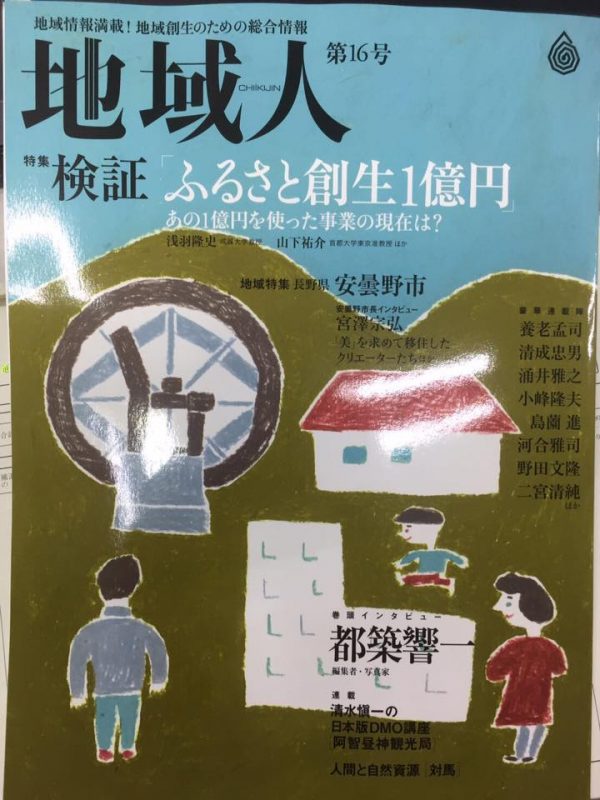


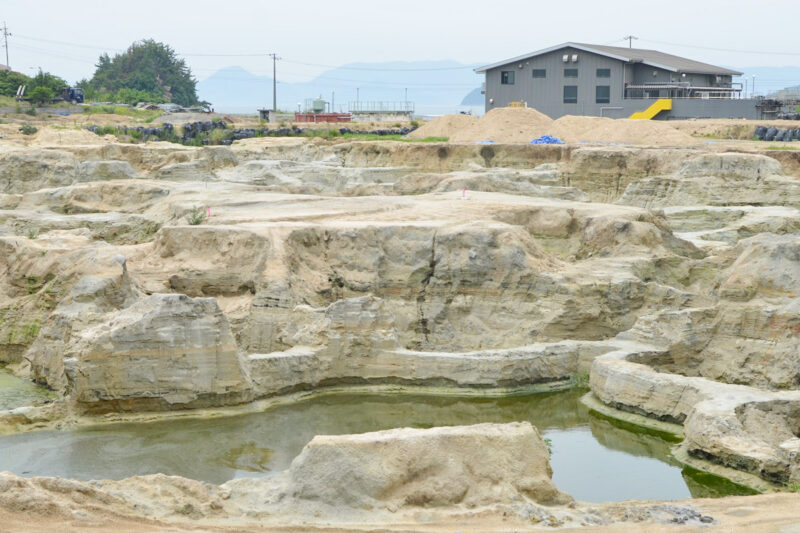
![【香川】焼菓子工房 ボンボニエール – [Kagawa] Baked Confectionery Bonbonniere](https://yousakana.jp/wp-content/uploads/2021/05/bonbonniere_title-800x533.jpg)
![【香川】仏生山のスパイス系カレー『ヒッカリー』 – [Kagawa] Spicy curry “hiccurry” at Busshozan](https://yousakana.jp/wp-content/uploads/2019/11/hiccurry_curry-busshozan-800x534.jpg)
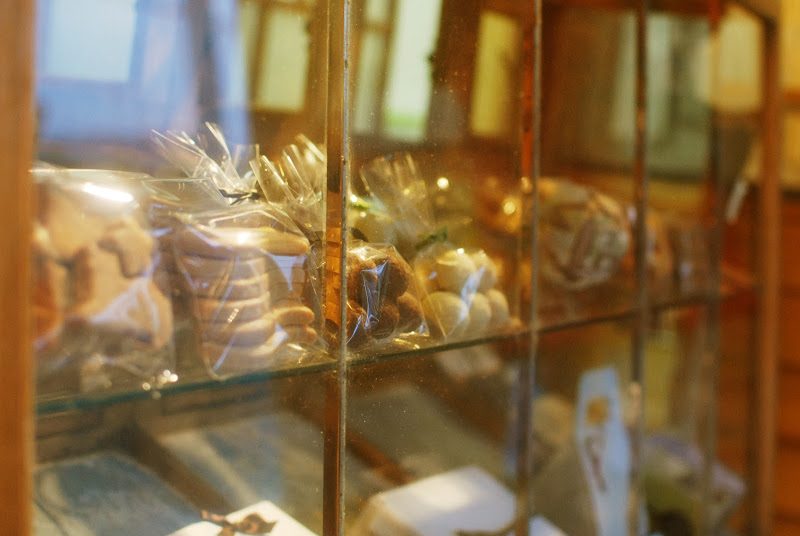
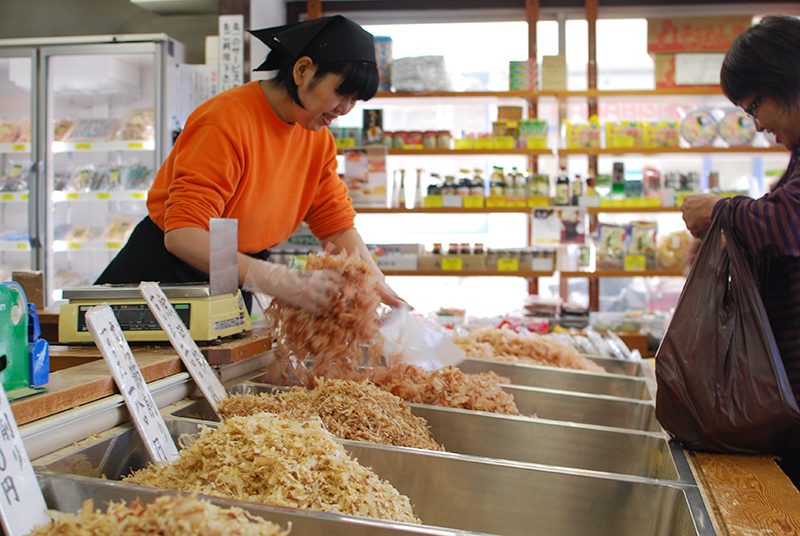
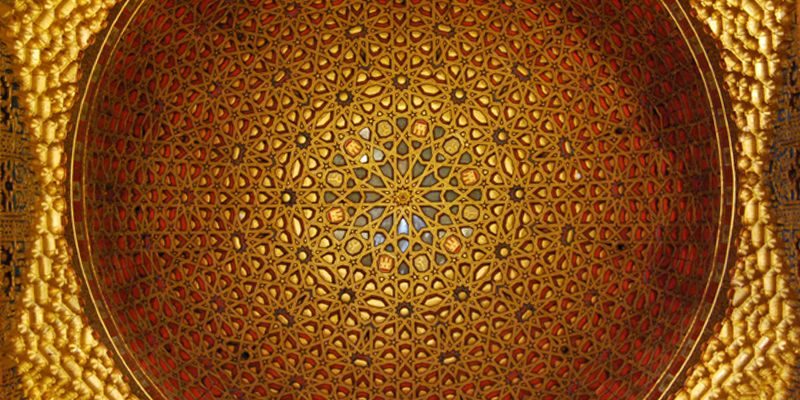
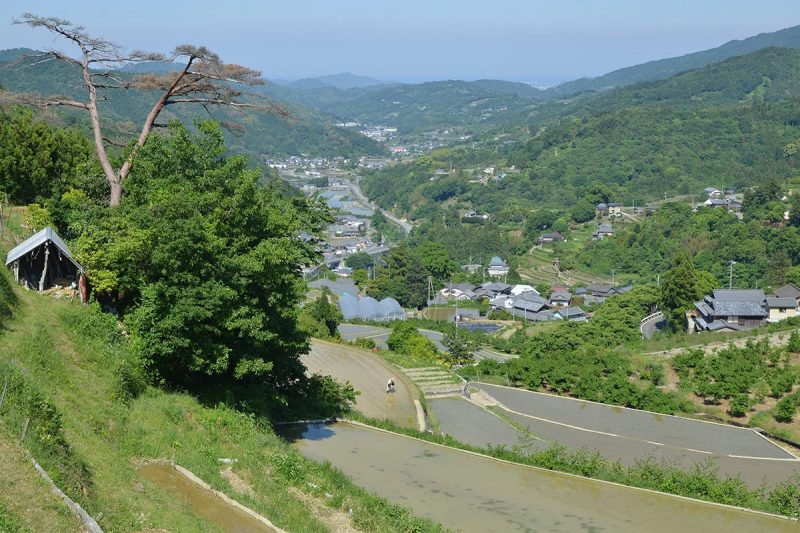
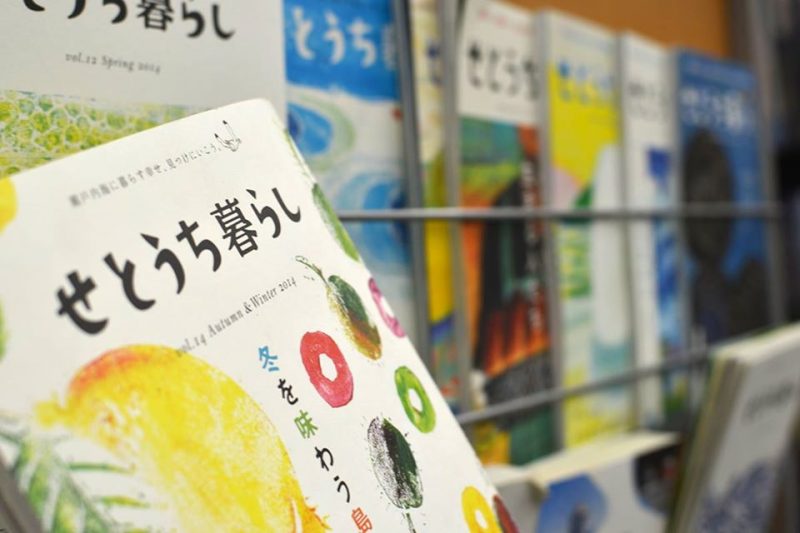
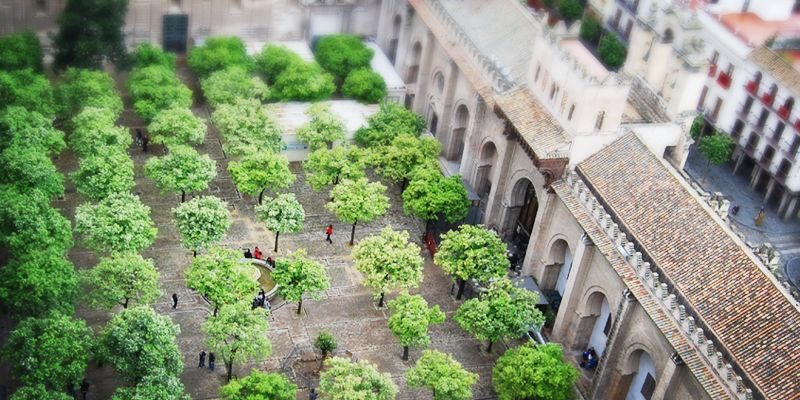
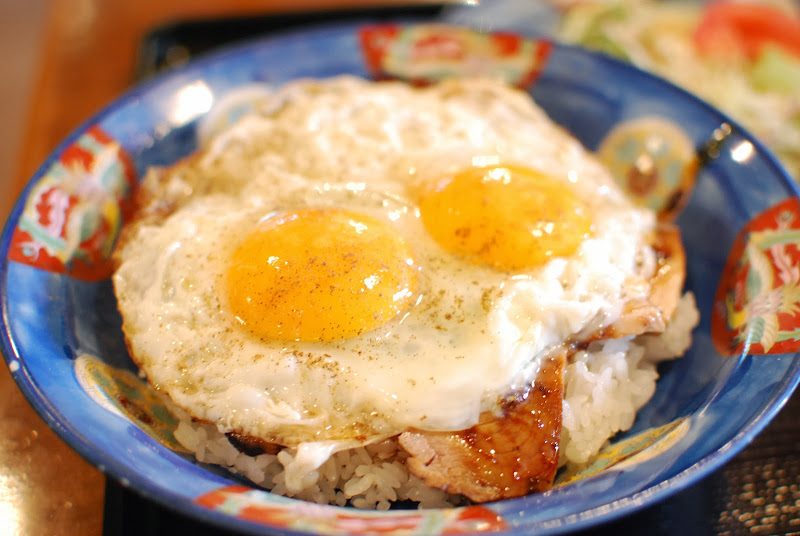
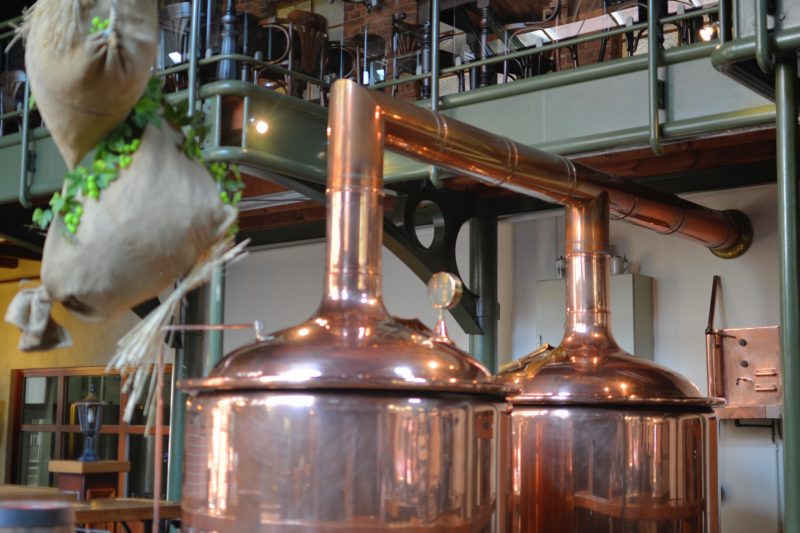

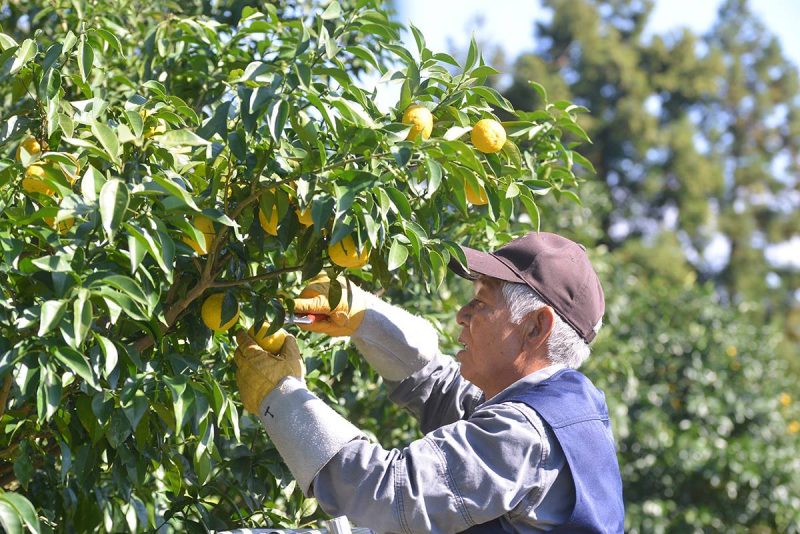
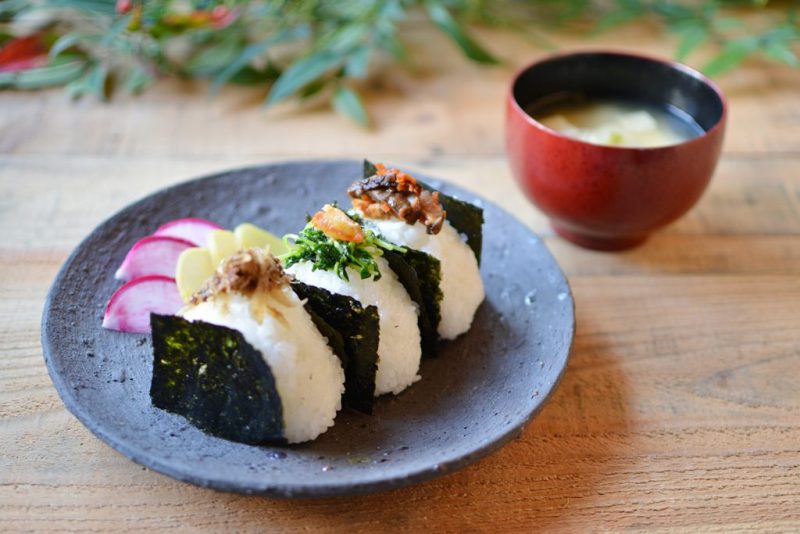
![【香川】玉手箱の紫煙のよう。紫雲出山の紫陽花 – [Kagawa] Hydrangeas of Mt. Shiudeyama](https://yousakana.jp/wp-content/uploads/2019/06/Hydrangea-Mt-Shiudeyama.jpg)
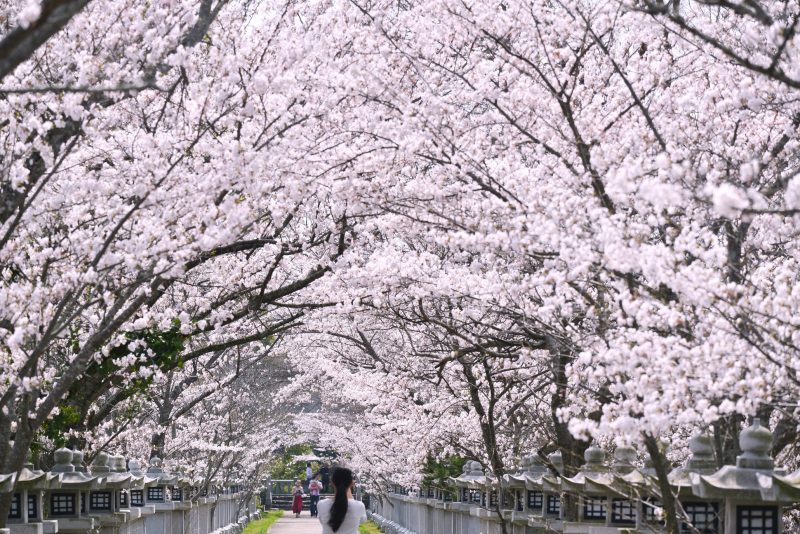
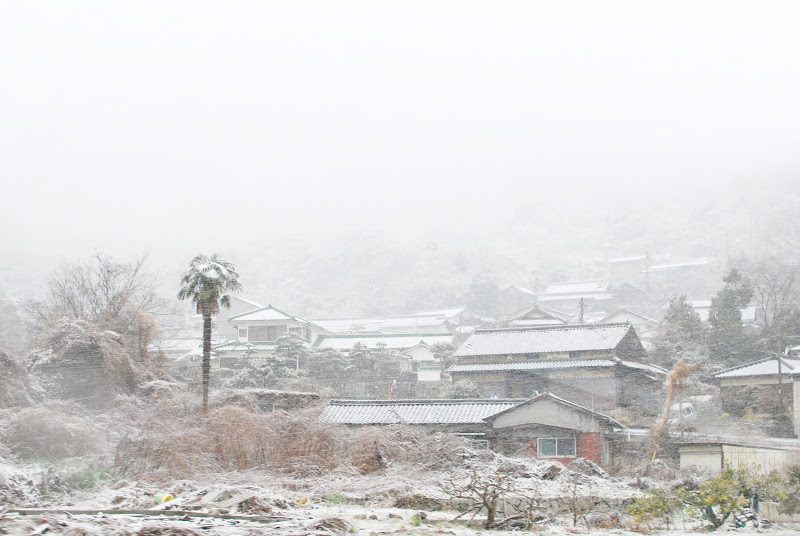
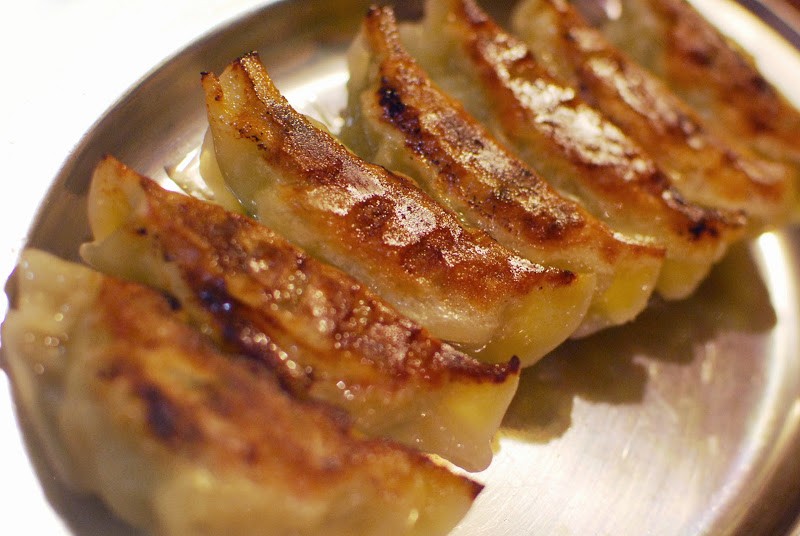
![【徳島】ごみゼロを目指す上勝の北極星『カフェ・ポールスター』 – [Tokushima] Cafe polestar with zero-waste statement of Kamikatsu](https://yousakana.jp/wp-content/uploads/2013/12/polestar-kamikatsu-800x536.jpg)
![【愛媛 国の登録有形文化財】今治ラヂウム温泉 – [Ehime / National tangible cultural property] Imabari Radium Hot Spring](https://yousakana.jp/wp-content/uploads/2022/12/imabari-radium-hot-spring-1-800x533.jpeg)
![【香川】一生に一度は行きたい『こんぴらさん』長い石段を登ってお参り – [Kagawa] “Kotohiragu shrine (Konpirasan)”](https://yousakana.jp/wp-content/uploads/2017/04/konpira-sakura-800x536.jpg)
![【広島】嚴島神社 – [Hiroshima] Itsukushima shrine](https://yousakana.jp/wp-content/uploads/2024/10/itsukushima-shrine-800x533.jpg)

![【香川】瀬戸内を望む景勝地に堀部建築がオープン! 大串半島『時の納屋』 – [Kagawa] Kagawa] ‘Toki no Naya’, Horibe Architecture opens in a scenic spot overlooking the Seto Inland Sea!](https://yousakana.jp/wp-content/uploads/2024/07/Tokinonaya_OgushiOgushi-Peninsula-800x533.jpg)
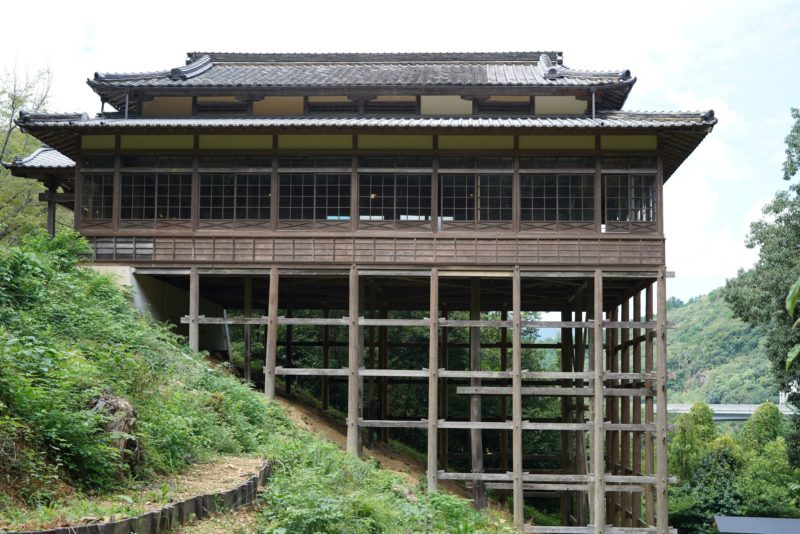
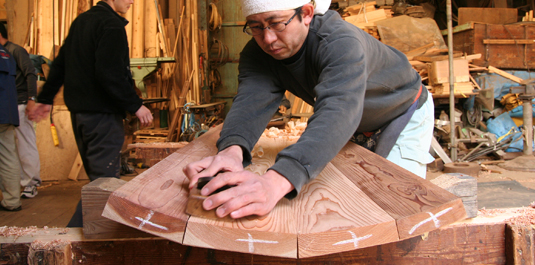
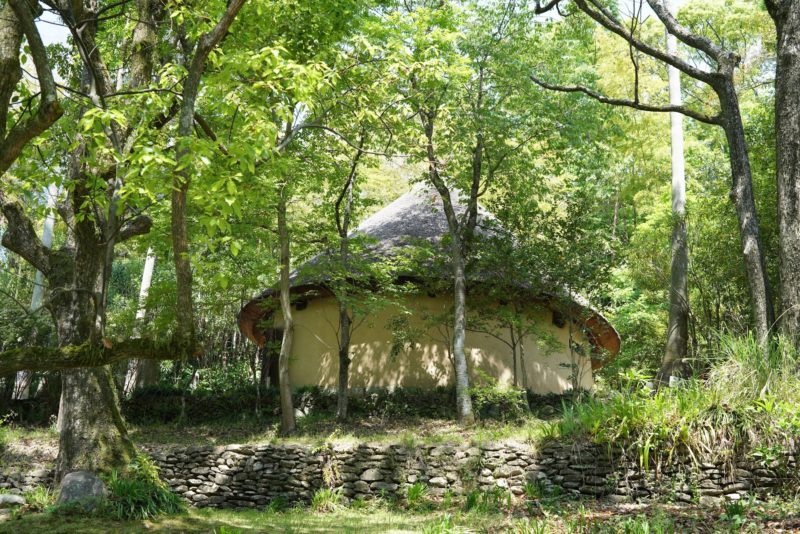

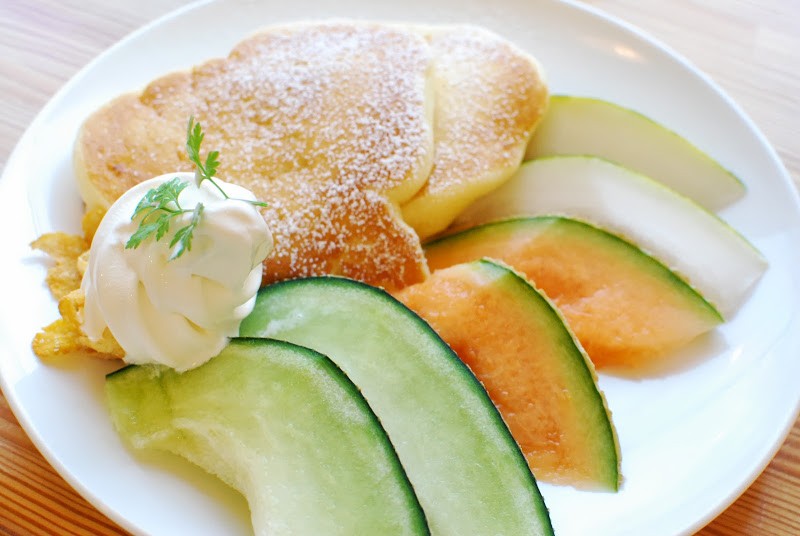
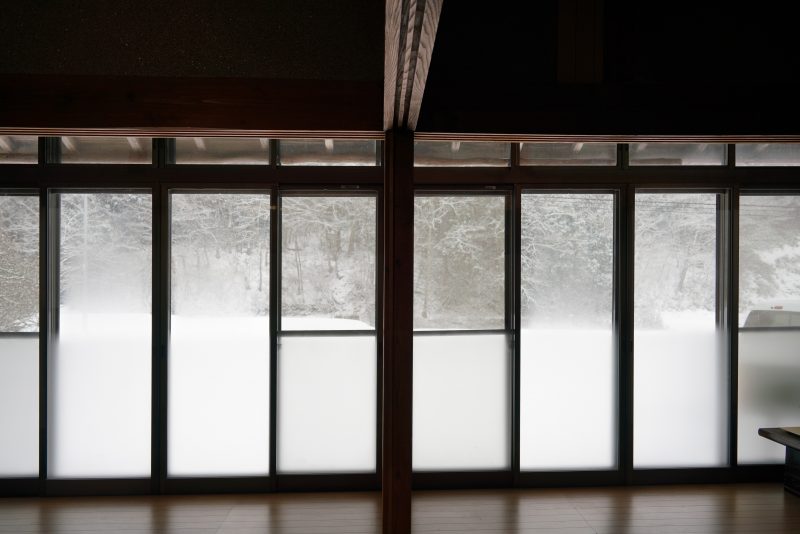
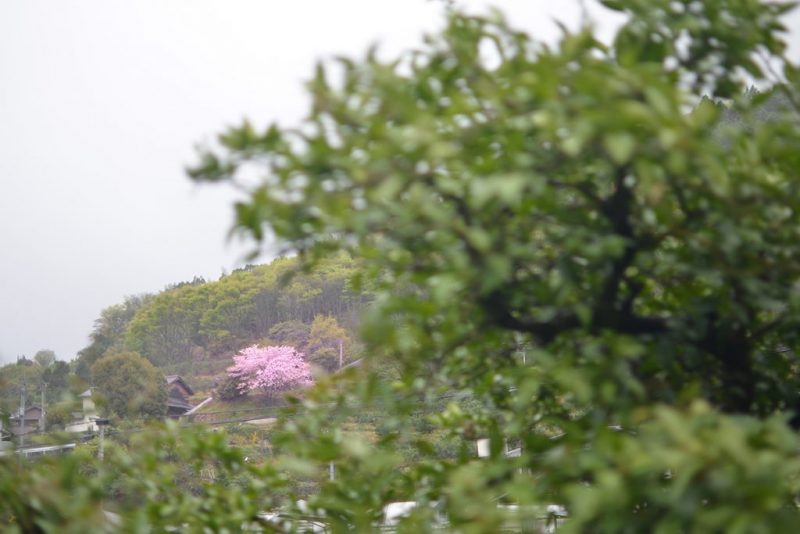
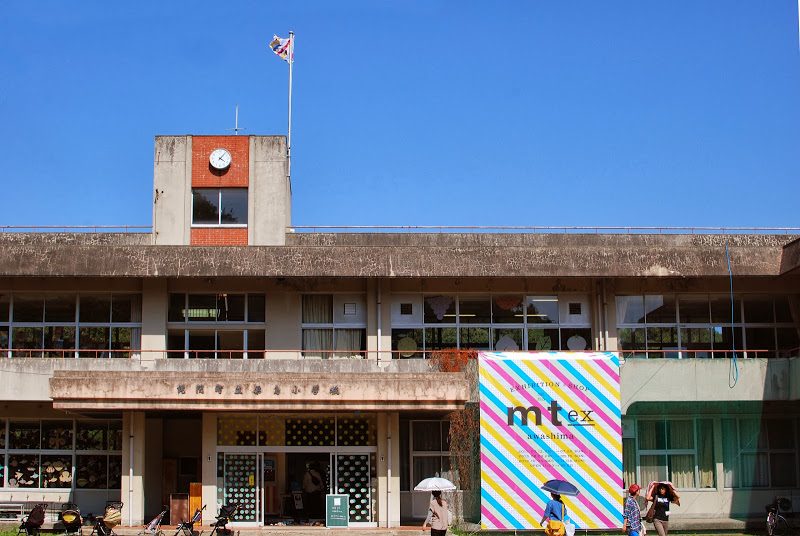
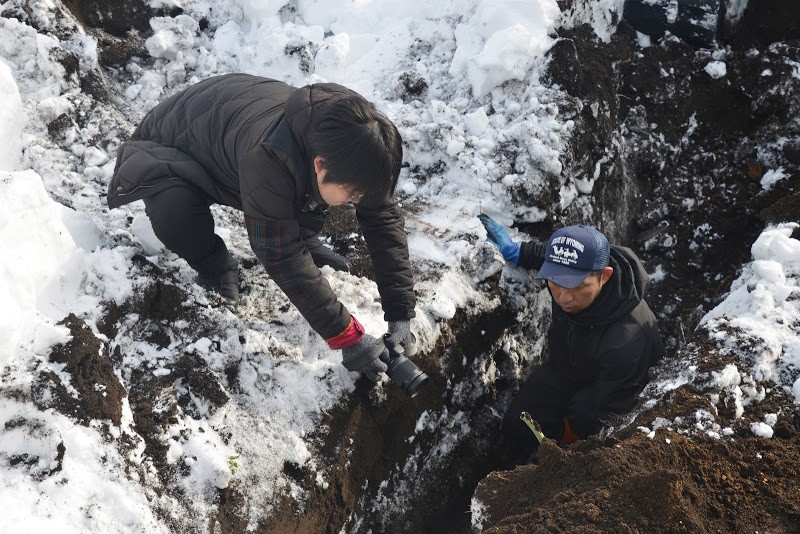
![【高知】手結港の可動橋 – [Kochi] Movable bridge at Tei Port.](https://yousakana.jp/wp-content/uploads/2023/07/tei-port_kochi_01-800x533.jpg)
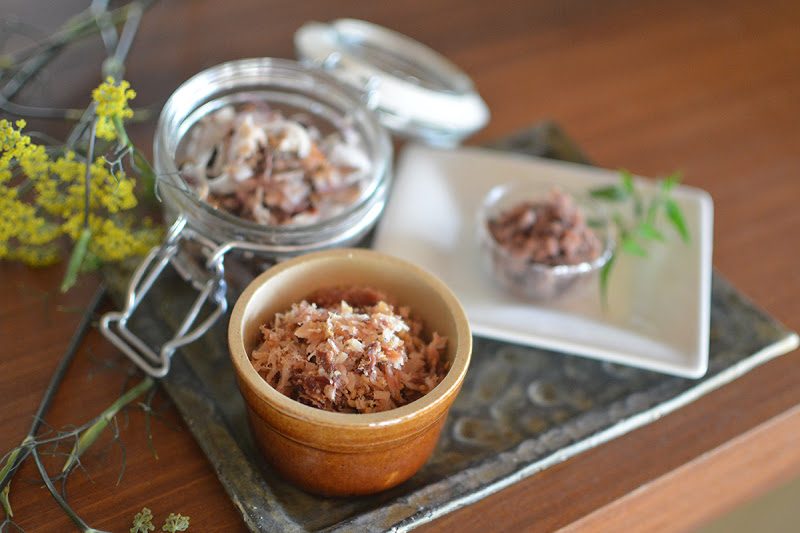
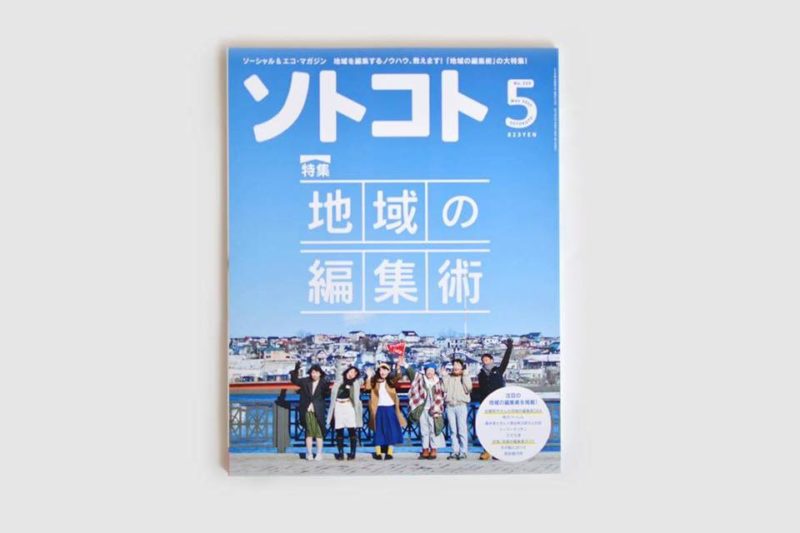
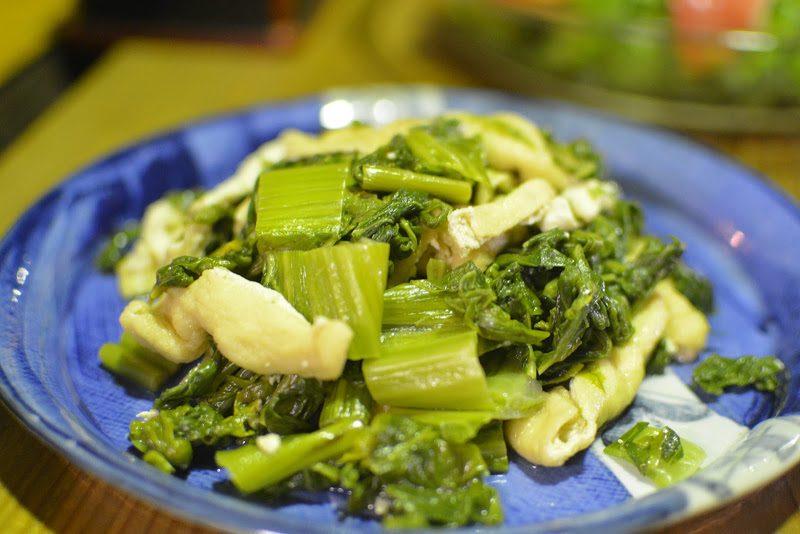

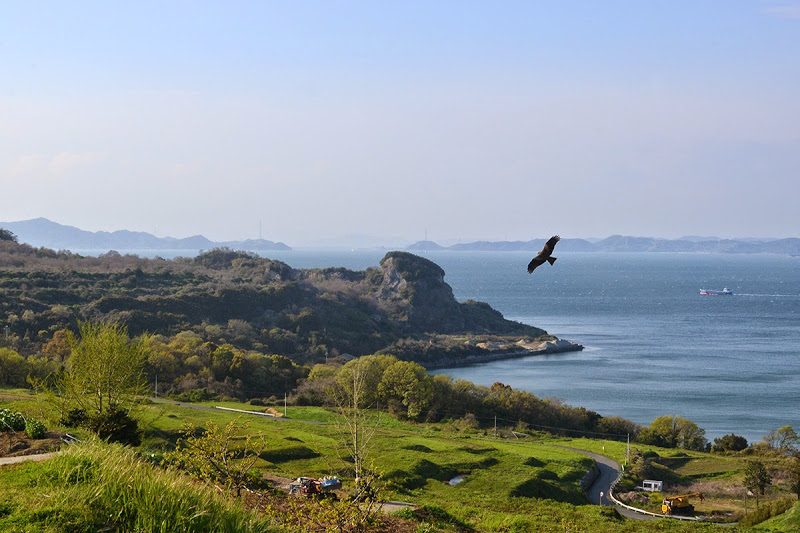
![【香川 2/11】男木島のスイセン郷。1100万本のスイセンと海鮮魚市場 – [Ogijima island] blooming daffodils and fish market](https://yousakana.jp/wp-content/uploads/2013/03/ogiijma-kaisen-walk-800x536.jpg)
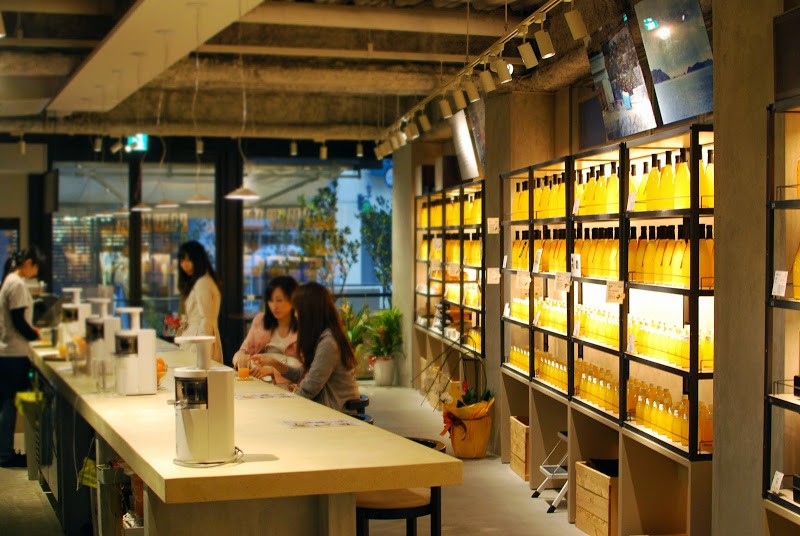
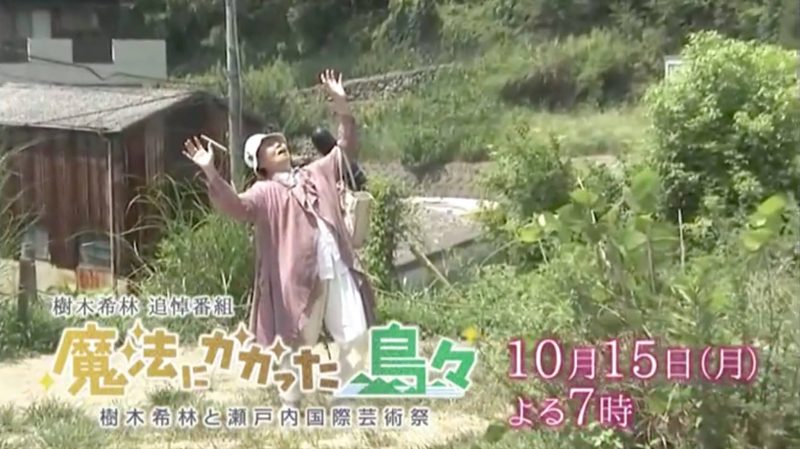
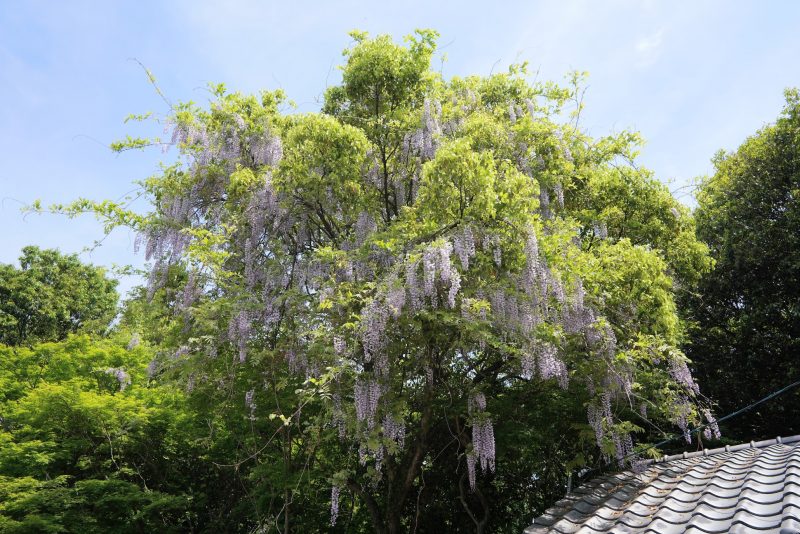
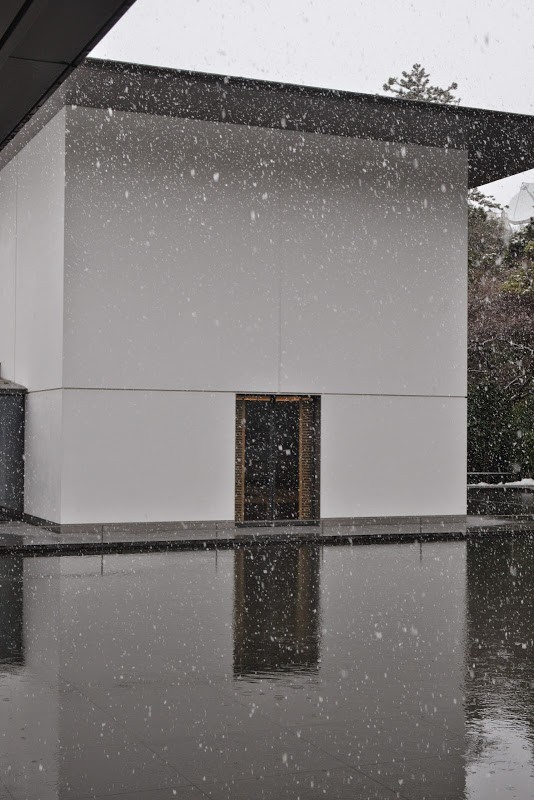
![【香川 11/15-24】青峰山 千手院「根香寺(ねごろじ)」の紅葉 – [Kagawa 15-24 Nov.] Autumn leaves of Negoroji temple](https://yousakana.jp/wp-content/uploads/2020/11/Autumn-leaves-of-Negoroji-temple-800x534.jpg)
![【香川 国の登録有形文化財】築100年以上の古民家『松賀屋』 – [Kagawa National tangible cultural property] “Matsugaya”, Traditional Japanese House](https://yousakana.jp/wp-content/uploads/2018/07/matsugaya_nio_mitoyo-800x534.jpeg)
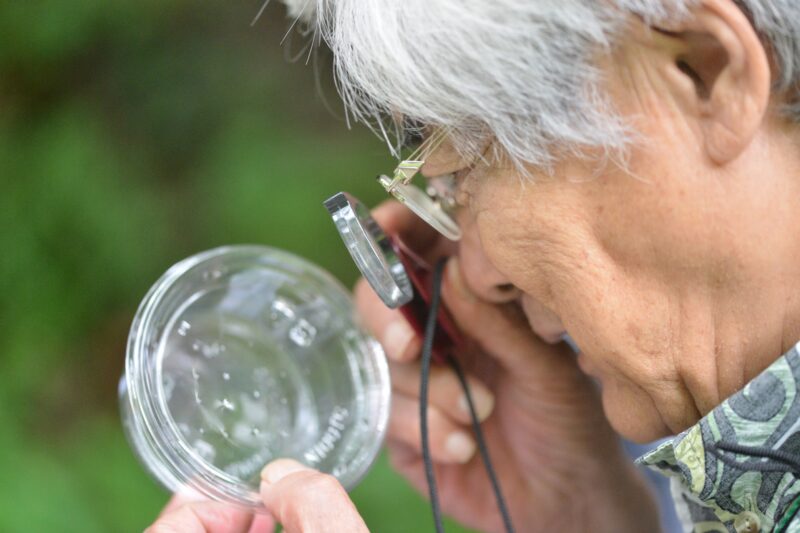
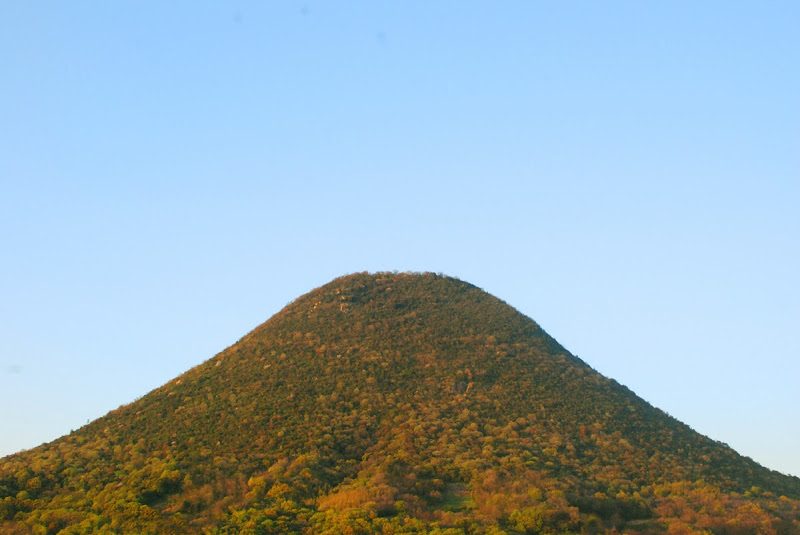
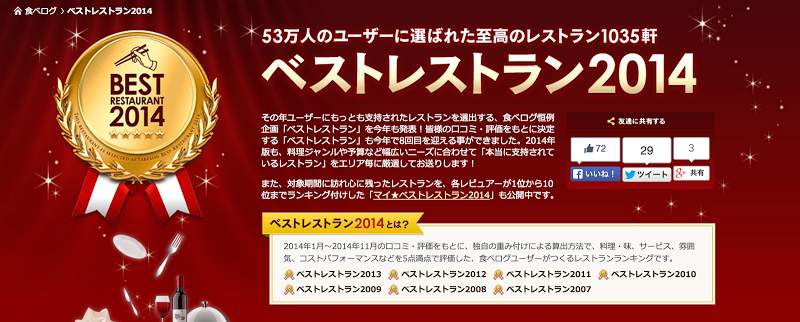
![【香川】ヤドンがいっぱい!ヤドン公園 – [Kagawa] Yadon Park](https://yousakana.jp/wp-content/uploads/2025/06/yadon-park_kagawa-800x533.jpg)
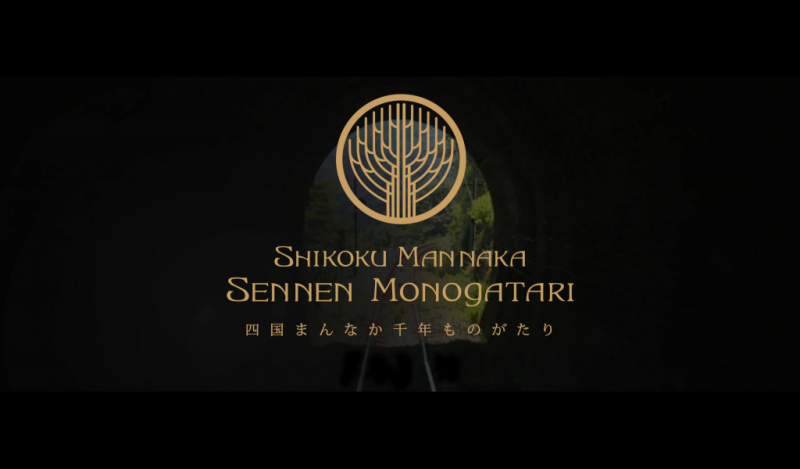
![【香川】ミヤモト惣菜店 – [Kagawa] Miyamoto Souzaitenten Delicatessen](https://yousakana.jp/wp-content/uploads/2020/04/miyamoto-sozaiten_00-800x534.jpg)
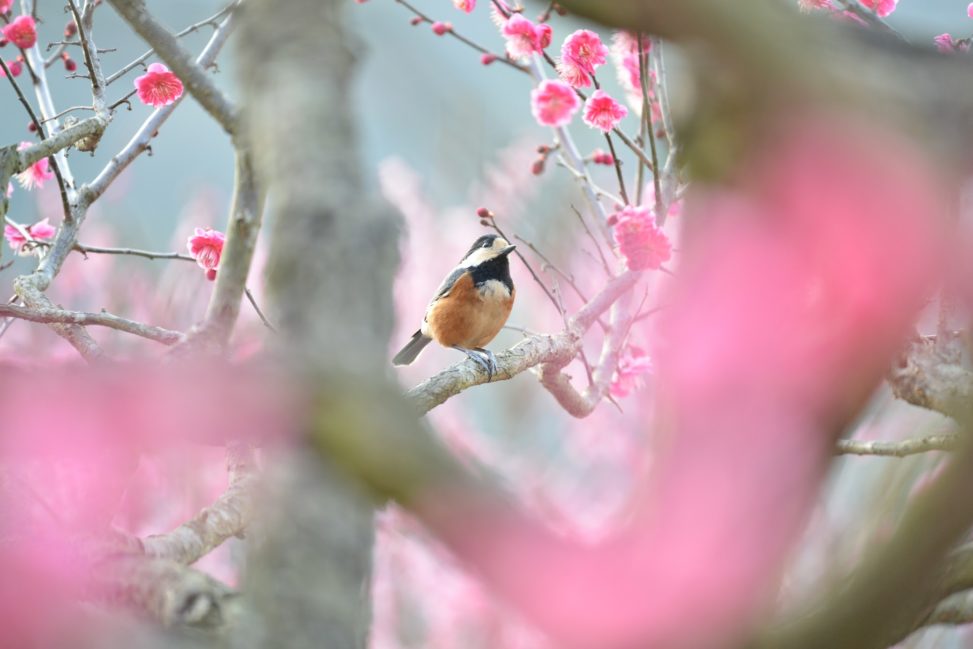
コメントを残す